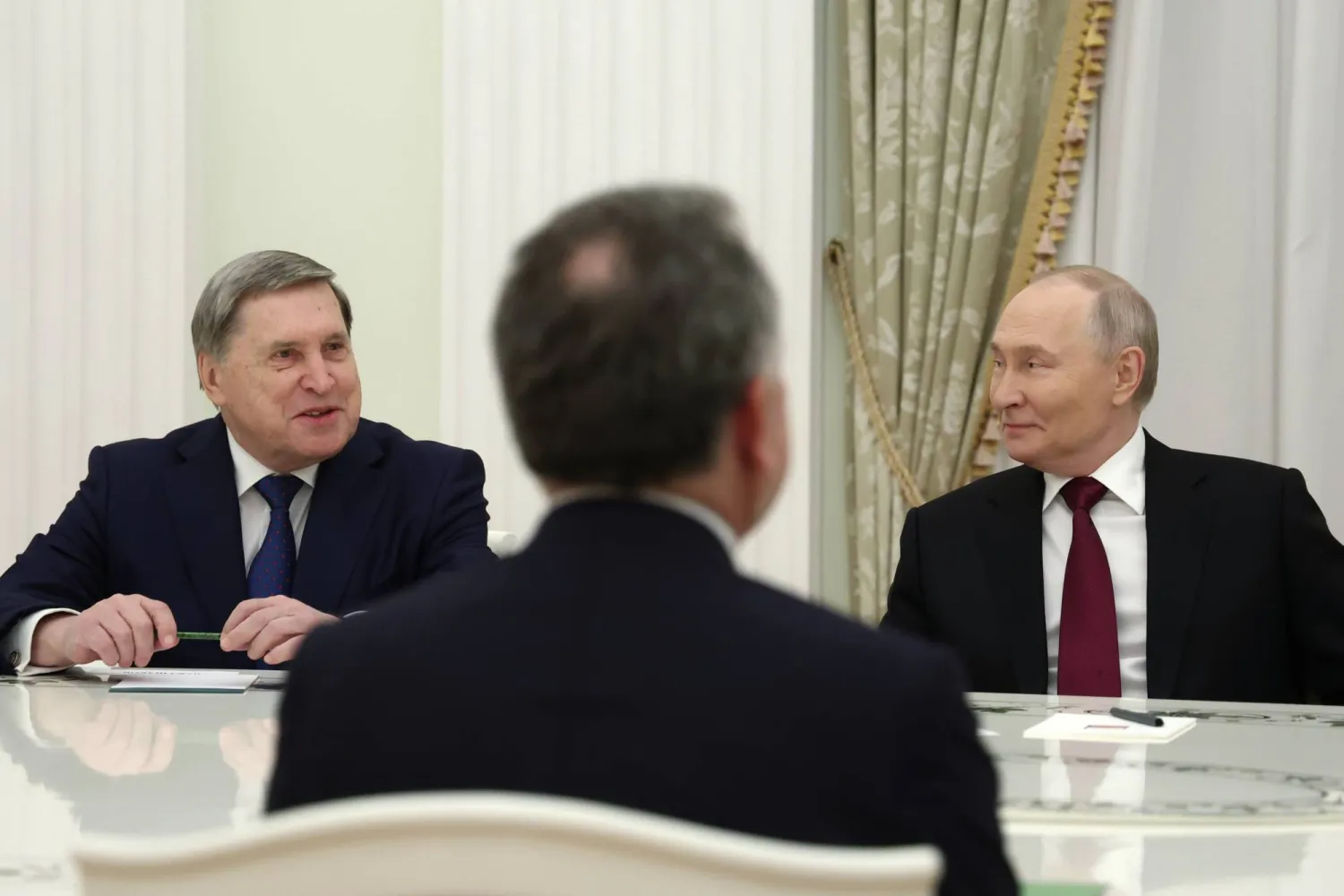The Israeli Intelligence Services recently interrogated an Iranian national on Iranian soil who confessed to a plot to assassinate an Israeli diplomat, a US general, and a French journalist, according to diplomatic sources in Tel Aviv.
The investigation's results were crucial in convincing US President Joe Biden to decide on Tehran's request to remove Iran's Revolutionary Guards Corps (IRGC) from the US terror list.
Unnamed sources said that the Israeli government's decision to leak the details of this operation aims to undermine Iran's image and convince members of US Congress that keeping the IRGC on the blacklist is necessary.
Israel recently handed Washington a list of other assassination operations Iran intended to carry out in several countries.
The Mossad claimed it foiled numerous operations in Cyprus, Colombia, Kenya, Turkey, and elsewhere.
A senior Israeli security official told the Israeli Kan channel 11 and Iran International News Channel that a Mossad and Shin Bet unit detained Mansour Rasouli and interrogated him on Iranian soil before leaving for his assignment, and that he was later on released.
Rasouli is a secretive Unit 840 of al-Qods Force member and was videotaped admitting to the plot.
The Israeli official refused to discuss further details about entering Iran, interrogating Rasouli, and leaving the country without the Iranians realizing that.
According to the leaks, Rasouli was shocked when Mossad and Shin Bet men reached him, but he answered their questions and provided information.
He admitted that senior IRGC officials sent him to carry out the mission, and he formed a network of foreign agents to carry out the assassinations. He received $150,000 for organizing the assassinations and was promised to be paid the rest after completing the operations.
In an effort to avoid responsibility for such assassination attempts, the Iranian regime distances its actions from the government through the use of proxies, including militias acting as their boots on the ground and technology that allows for plausible deniability.
In February, the Turkish Daily Sabah reported that Turkish intelligence services had prevented an Iranian assassination attempt on an Israeli citizen, Yair Geller, in retaliation for the assassination of Iran's scientist Mohsen Fakhrizadeh.
It also published that Tehran had operated a cell of nine members, who followed Geller for several months and documented his movements. Once Turkish agents determined that assassination preparations were underway, they informed the Mossad.
Geller was then transferred to a safe house, with Mossad actively aiding in his protection, and the Turkish police arrested eight suspects.
Nuclear Archive
In late April 2018, former Israeli Prime Minister Benjamin Netanyahu revealed that Israel had obtained files confirming Iran ran a secret program to build nuclear weapons.
Netanyahu claimed that Iranian leaders had deceived the international nuclear agency when they insisted their nuclear program was for peaceful purposes.
He stated Israeli spies seized the documents in an overnight raid in January.
In July 2018, the New York Times revealed the details of the operation on the dawn of January 31, over six hours and 29 minutes, in south Tehran.
The Mossad agents moved in on the warehouse and got out of the city with a half-ton of secret materials.
They knew from intelligence collected during the planning of the operation to cut through the 32 Iranian-made safes.
But they left many untouched, going first for the ones containing the black binders, which included the most critical designs. They fled for the border when the time was up, hauling some 50,000 pages and 163 compact discs of memos, videos, and plans.
Most of those documents date before the 2015 nuclear deal, which raised doubts about Iran's credibility.
Iranian officials mocked Israel's announcement, and Tehran initially said that the warehouse in Turqazabad site was a "carpet cleaning facility."
In June 2021, the former Mossad chief Yossi Cohen said in a television interview that 20 agents, none of whom were Israeli, seized material from 32 safes, then scanned and transmitted a large portion of the documents.
Iranian confirmation
Iranian President Hassan Rouhani admitted in August 2021 that Israelis stole the secrets and handed them to Trump, leading to his withdrawal from the Joint Comprehensive Plan of Action (JCPOA).
Vice President for Economic Affairs General Mohsen Rezaei said Iran faces a "security contamination," adding the country had three major security breaches, including the Natanz explosion and the assassination of Fakhrizadeh.
"Previously, our secret nuclear documents were stolen," he said, urging security units to review its measures.
Rezaei's statements came two months before an attack on the TESA Karaj complex for assembling centrifuges.
Iran's Atomic Energy Agency said that an attack on one of its facilities early in the morning had been foiled, with no casualties or structural damage to the site.
The New York Times quoted sources saying that a small quadcopter drone attacked the facility.









